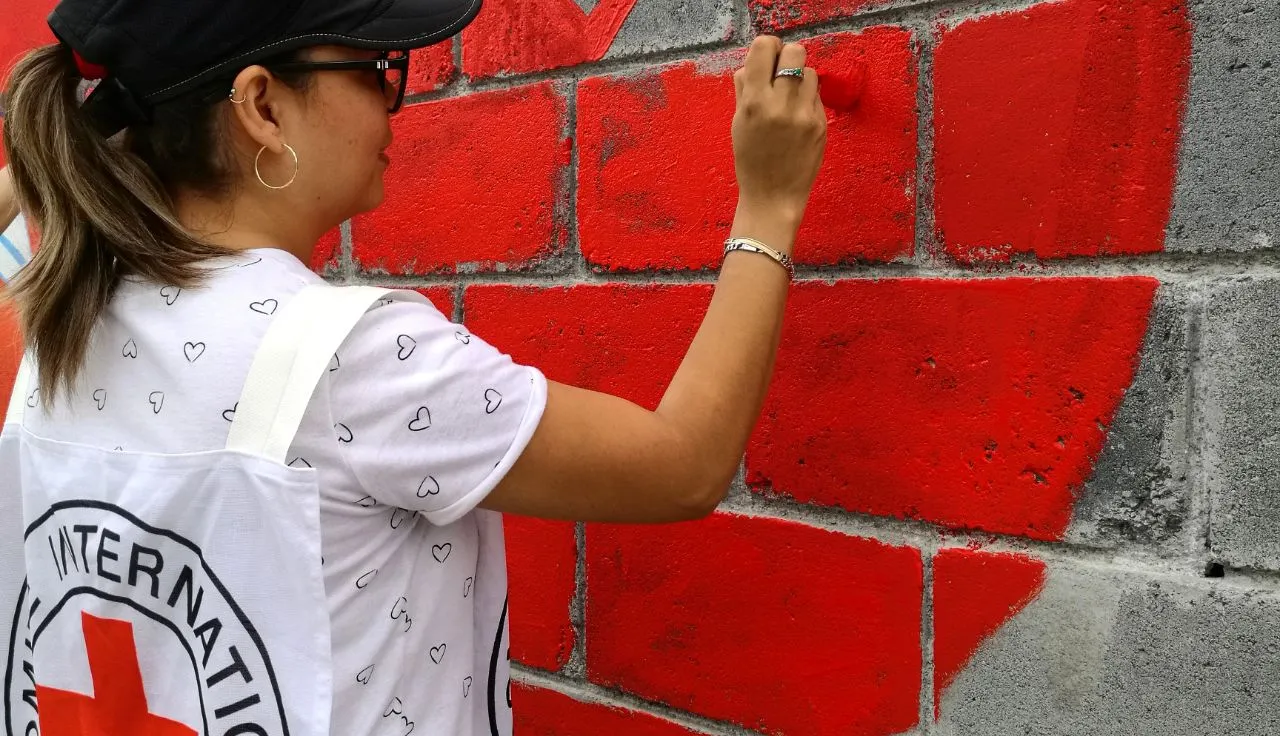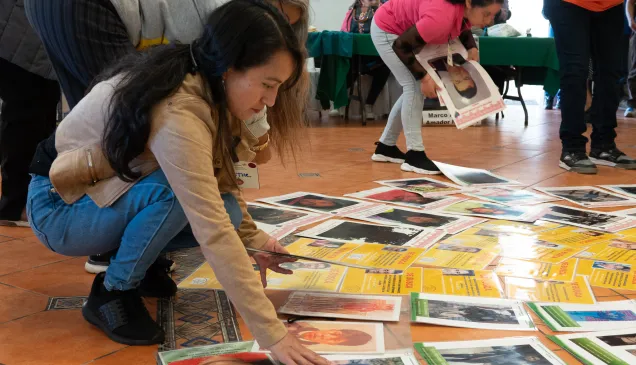Mexico: Communities Affected by Violence

The high levels of violence in Mexico have serious consequences for the population and disrupt, directly and indirectly, the everyday routines of individuals, families and communities, as described in the editorial.
The aim of the ICRC's work in areas affected by violence is to strengthen community resilience and coping mechanisms to prevent and mitigate its consequences. We also endeavour to facilitate access to essential services, such as health care and education.
We held first-aid courses in response to the problem of sick and injured people having difficulty getting the required medical attention or referrals. We also contributed to strengthening the capacities of health-care professionals with the organization of emergency room trauma courses to ensure a safe, compassionate and effective continuum of care.
In the field of education, we work with a network of partners and stakeholders at the local, state and national level to improve children's access to education and make schools safer. We work in collaboration with the education authorities, the Mexican Red Cross, the National Electoral Institute (INE) and schools in Tamaulipas and Chihuahua.
According to World Health Organization figures, approximately 22% of people in areas affected by violence around the world require mental health services. In Mexico, people who suffer the effects of violence seek help from health services and other trusted community services but do not always receive an adequate response. We therefore worked to strengthen the capacities of physical and mental health teams and other trusted personnel in areas affected by violence so that they are able to deliver a high-quality response meeting people's psychological and psychosocial needs
Roberto, a twelve-year-old student from Matamoros (Tamaulipas), recounts the anguish he suffers at school.



